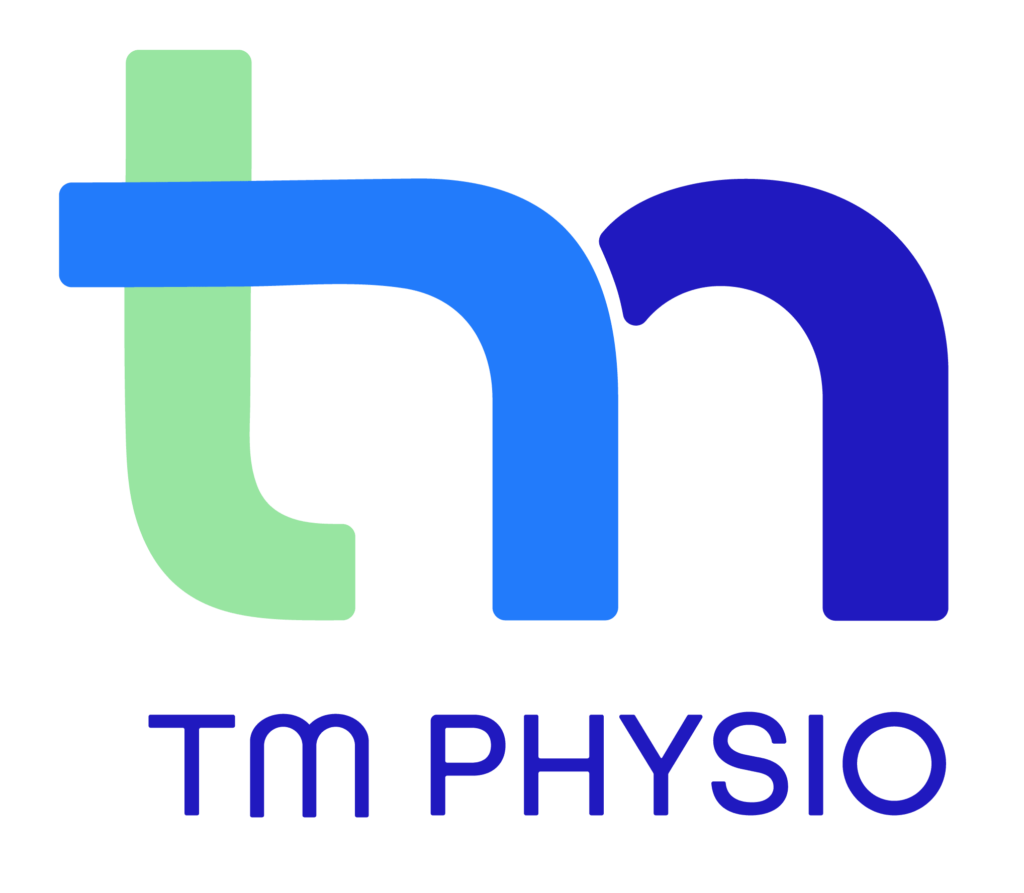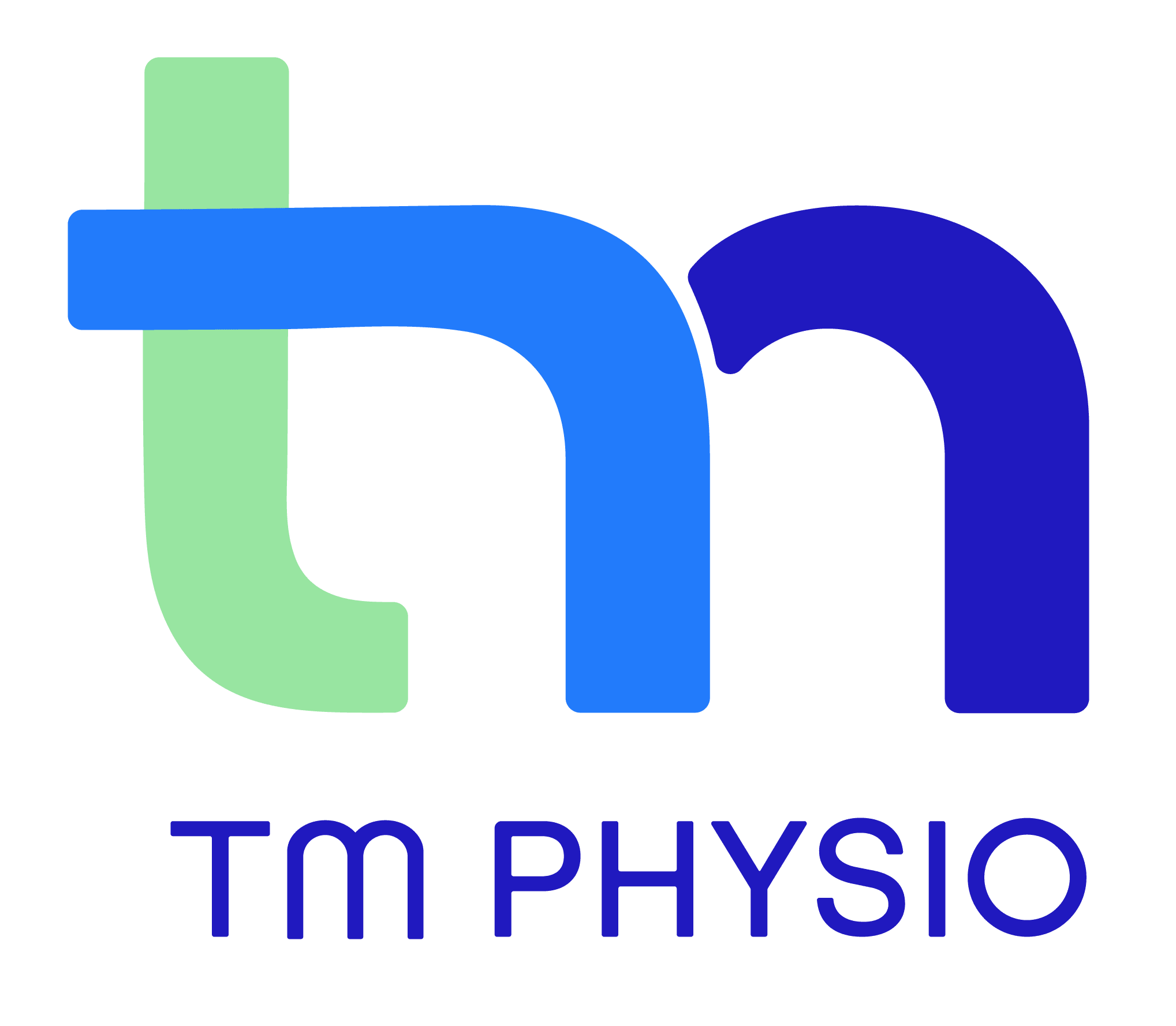Regaining Shoulder Strength
You were reaching up to grab something from the top shelf — perhaps a cereal box, perhaps glory – when your shoulder had other ideas. That sudden, sharp twinge has now turned everyday actions like brushing your hair or buckling your seatbelt into a full-body negotiation. Shoulder pain like this often points to a rotator cuff injury, one of the most common reasons people seek physiotherapy.
If that sounds familiar, call TM Physio on 6282 5898 to make an appointment. In the meantime, read on to learn how physiotherapy aims to restore shoulder strength, function, and confidence.
Understanding the rotator cuff
The rotator cuff is a group of four muscles and their tendons – the supraspinatus, infraspinatus, teres minor, and subscapularis – that stabilise the shoulder joint (glenohumeral joint) and control its impressive range of motion. These muscles keep the head of the humerus centred in the shallow socket of the scapula (glenoid fossa) as you lift, reach, or rotate your arm.
Injuries occur through repetitive overhead activity, sudden trauma, or age-related tendon changes. Early issues may involve inflammation or microtears (tendinopathy), while more severe cases lead to partial or complete tendon rupture.
According to Physio-Pedia, the supraspinatus tendon is most often affected because of its position beneath the bony acromion, a space where friction and compression easily occur. Over time, poor posture, weak stabilisers, and shoulder impingement can all add to the strain.
Signs and symptoms
Rotator cuff injuries can range from mild irritation to severe tears, but common symptoms include:
- Pain when lifting or reaching overhead
- Weakness when raising or rotating the arm
- Night pain, particularly when lying on the affected side
- Stiffness, clicking, or catching sensations
Left untreated, these symptoms may progress, causing compensations in surrounding muscles such as the deltoid or trapezius and leading to more complex movement problems.
How physiotherapy may help
Physiotherapy is central to both conservative management and post-surgical rehabilitation. Evidence shows that targeted physiotherapy programs may help reduce pain, restore shoulder mechanics, and prevent recurrence by addressing strength deficits, mobility, and coordination.
Manual therapy and mobilisation
Physiotherapists use hands-on techniques like joint mobilisation, soft tissue release, and scapular mobilisation to improve movement and ease pain. These aim to:
- Restore joint mechanics
- Relieve tension in surrounding muscles
- Stimulate circulation and tendon healing
Mobilising both the glenohumeral and scapulothoracic joints can help reduce stiffness, while thoracic spine work supports better shoulder blade positioning.
Targeted exercise therapy
Once pain allows, strengthening and control become the focus. Research supports exercise as one of the most effective treatments for rotator cuff injuries. Key elements include:
- Isometric exercises early on to engage muscles safely
- Resistance band or light weight work for the rotator cuff and scapular stabilisers
- Closed-chain movements such as wall push-ups to build joint stability
- Eccentric strengthening, where muscles lengthen under load to promote tendon repair
Restoring coordination between the rotator cuff and scapular muscles – especially the lower trapezius and serratus anterior – is essential for smooth, pain-free motion.

Postural correction and movement retraining
Posture plays a vital role in shoulder health. Rounded shoulders or thoracic stiffness can narrow the subacromial space, increasing irritation. Physiotherapists assess and correct these patterns through targeted strengthening and mobility work, alongside ergonomic advice to reduce aggravation during daily tasks.
Prevention and long-term shoulder health
Once strength and mobility return, prevention becomes key. Physiotherapy focuses on maintaining shoulder resilience through continued strengthening, flexibility work, and proper warm-ups before activity. Good posture and regular exercise help preserve tendon health and reduce the risk of future tears.
Even for those with age-related degeneration, consistent conditioning can help maintain function and independence.
When surgery is necessary
In cases of large or full-thickness tears where function cannot be restored conservatively, surgery may be required. Physiotherapy supports both pre- and post-operative care — helping to maintain motion beforehand and then guide safe, progressive recovery after repair.
Shoulder the recovery – with physiotherapy
Rotator cuff injuries may be common, but with the right care, they don’t have to be limiting. Physiotherapy works to reduce pain, retrain movement, and rebuild shoulder strength through evidence-based exercises and manual therapy. With time and commitment, your shoulder can once again handle shelves, hairbrushes, seatbelts (and glory) with ease.
Call TM Physio on 6282 5898 to make an appointment – and don’t forget to follow us on social media for more physiotherapy insights and recovery tips – we’ve got your back (and your shoulders!)


